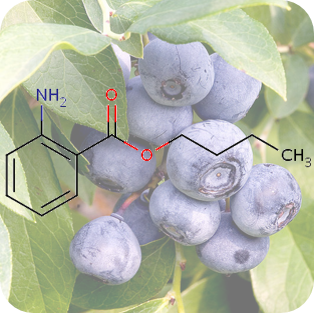After all last week's, er, 'excitement', it's back to my attempt to grasp the theory of data modelling, RDF and its various iterations, OWL and associated concepts.
First off, I need to say there's something in chapter 13 – title: Ontologies on the Web—putting it all together – that I really don't get, and that's the use, in the section on Dimension checking in QUDT (the acronym for a specific ontology: Quantities, Units, Dimensions, Types) of vectors as a way of representing signatures for compound quantities.
When I say I don't get it – I understand the principle, that "QUDT defines eight basic quantities", including "length, time and mass", and that the process of dimensional analysis requires that units used to measure compound quantities require a signature showing how the … Oh…
Hang on … what I was going to say here was that I didn't understand how the vectors providing the signature for how these compound quantities are comprised from the eight basic quantities/units are calculated. Why, say, if "we write our vectors in the order [length, mass, time] then the vector for velocity is [1, 0, -1]", even though the authors explain how "the magnitude of the vector in that component begin the exponent of the the base quantity in the formula for the compound quantity".
I'd read that page at least four times before giving up. But it's just this second clicked. The vector for velocity is [1, 0, -1] because velocity = length/time. The zero's there because mass isn't a factor. Duh. Remarkably, I did pass maths A level. But only just, and with a lot of tutoring. And it was a loooooong time ago now…
Chapter 13 introduces and outlines the uses of three online ontologies: QUDT, Good Relations and ChEBI – Chemical Entities of Biological Use – which "is published as part of the Open Biological and Biomedical Ontologies Foundry (OBO)".
Developed by NASA, "the goals of QUDT are to provide
- A standardized consistent vocabulary, focused on terminology used in science and engineering.
- A set of consistent coded identifiers, for human and machine use.
- nd machines, avoiding problems with uncertainty and misinterpretation.
- A collection of foundational vocabularies that can serve a variety of applications.
- A framework designed for extensibility and evolution, but model-based (instead of just a typical dictionary) and governed."
The Good Relations ontology is used for commerce. It provides search engines with rich information about products and services, enabling them to assess the relevance of the the product or service to the "location, time, identity, profile, and preferences of the person behind the query" (from GoodRelations).The authors provide an example of how it can be used by a nail bar that also offers massages, both to publicise its services and to enable browsers to work out which service, provided by comparable beauty salons, offers the best value massage per minute.
And CheBI is
"a freely available dictionary of molecular entities focused on ‘small’ chemical compounds. The term ‘molecular entity’ refers to any constitutionally or isotopically distinct atom, molecule, ion, ion pair, radical, radical ion, complex, conformer, etc., identifiable as a separately distinguishable entity. The molecular entities in question are either products of nature or synthetic products used to intervene in the processes of living organisms." (from the ChEBI website)
Incidentally the ChEBI website features an "Entity of the Month". At the time of writing it's butyl anthranilate, a naturally occurring substance that scientists are currently testing as a safe insect repellent to protect fruit – and, potentially, people – from being eaten/bitten by flying insects…
 | |
| ChEBI's Entity of the Month for July 2015. And some blueberries. |
That's it for this week. And, just so you know, there are three, short chapters to go…
No comments:
Post a Comment